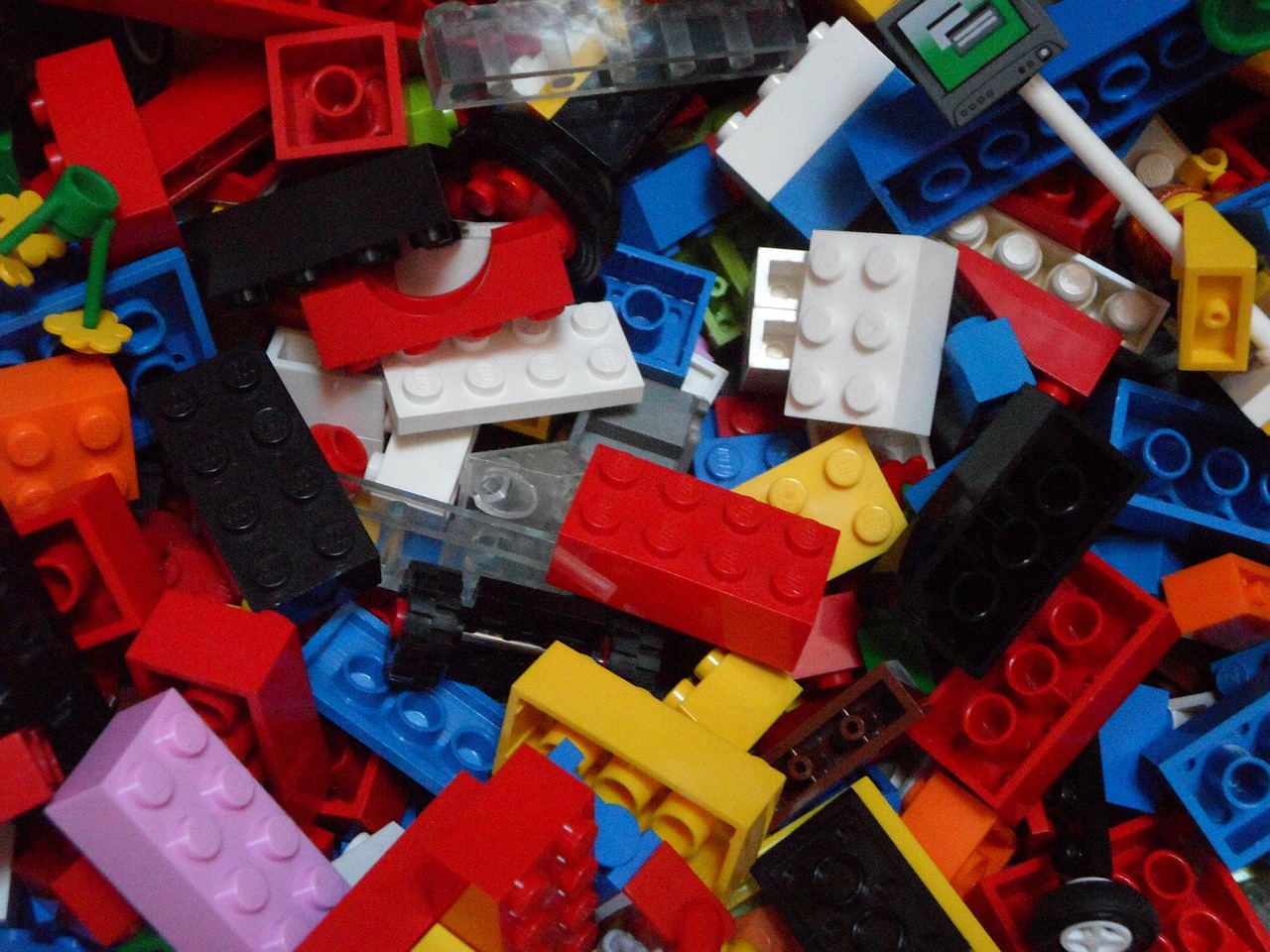
Benefits of Decreasing Visual Clutter with Students with CVI
This research study explores the improved visual functioning in students with cortical visual impairment (CVI) when visual clutter is reduced.
This research study by Nicola McDowell and Julia Budd explores the improved visual functioning in students with cortical visual impairment (CVI) when visual clutter is reduced.
Introduction:
Cerebral visual impairment (CVI) typically affects children’s overall functioning in visually cluttered environments. This study aims to consider whether the removal of classroom clutter ameliorates visual problems and the associated behavioral difficulties for these children.
Methods:
Two classrooms at a special school were de-cluttered. Changes included: covering glass panels with thick black paper; hanging sheets over open shelving; creating areas of blank wall in front of the student to focus attention on work; removing unnecessary equipment and furniture; and taking down information on windows and walls, and that hanging from ceilings. Teachers, paraeducators, and students worked in these classrooms for two weeks, following typical daily routines. Observations by teachers and paraeducators of students’ behavior and learning experiences before and after de-cluttering were sought through interviews.
Findings:
The perspectives of the teachers and paraeducators were that de-cluttering had a positive effect on the students’ learning experiences and behavior and also on their own functioning. They also considered the fact that creation of learning spaces lined with black paper resulted in greater attention and focus, but that students continued to be distracted by the noise and movement of others.
Discussion:
The potential link between cluttered classrooms and students’ functioning and behavior indicates that visual clutter may amplify the visual difficulties associated with CVI and distract the students from learning activities, and is in line with current literature. Changes to classroom layouts that include specific areas for different learning activities, including “black hubs,” may therefore benefit students with CVI. Implications for practitioners: This pilot study suggests that the elimination of classroom clutter and the creation of black hub learning spaces enhances functioning and merits further investigation. A study that compares specific behaviors and performances, before and after implementation of de-cluttering strategies, might also determine whether the positive effects described by the teachers can be further corroborated.
Read the full article (Journal of Visual Impairment & Blindness, v.112, n.3, p.248-260, May-Jun 2018)
